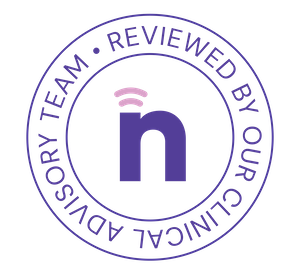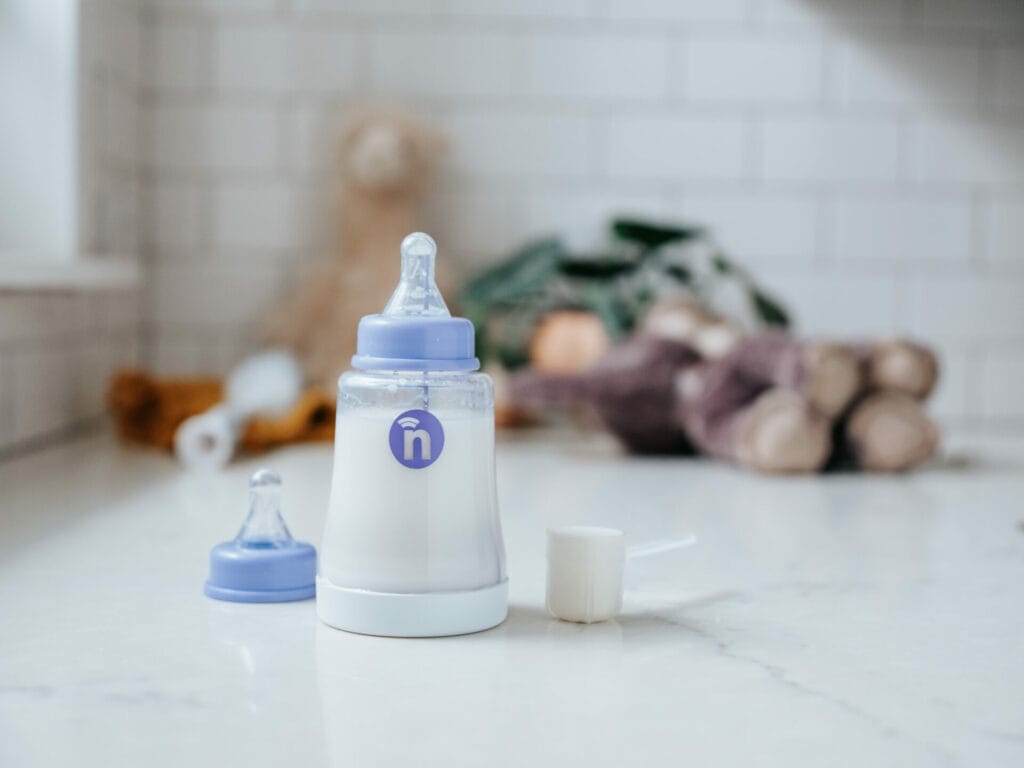How to establish a successful bottle feeding routine
Last updated on August 29, 2022


Routines matter. When it comes to eating, exercising and sleeping at any age, we optimize our performance, efficiency and muscle memory when we follow certain routines each day. Even the most exciting and spontaneous people in the world rely on a certain degree of predictability and structure.
Now think of your baby. Just as they are communicating to you with nonverbal movements and expressions, they are also looking to you to understand when it’s time to eat or sleep. Variables such as the tone of your voice, position in your lap or in your home, or even the lighting and sound in the room can signal to your baby that it’s time for a feeding or a nap.
Over time, babies learn to pick up on these cues and adjust to them – but only if you practice them with consistency day after day. Here are some considerations as you start to build a feeding routine that works for you, your baby and your family.
Tips for setting a bottle feeding routine that works
Bottle prep
Whether you use pumped breast milk or formula, it’s a good idea to prep your baby’s bottle the same way each time. There’s no hard-fast rule about temperature, but if your baby shows a preference for a warmed bottle, warm it the same way each time. If your baby takes a bottle at room temperature, it should not be surprising if he rejects a cold or warm bottle that he doesn’t expect. (Using the nfant® Smart Bottle? Browse our Smart Bottle FAQs for tips on assembling and washing it.)
Position
When it comes to sleep, your baby may come to expect that naps or sleep happen in the same bassinet, sleeper or crib. But with feedings that happen every few hours, it’s not practical or necessary to achieve the same predictability. Don’t focus on where you feed your baby – you will surely need to feed your baby at home and on the go – but how you position your baby. Once you find a feeding positions that works well for you and your baby’s comfort and support, use that position each time. (Check out our tips for the Best Way to Hold Your Baby during Bottle Feeding.)
Swaddle for feeding
When your baby is a newborn (0 to 3 months), it can be helpful to swaddle your baby before feedings to help settle them down – especially if you plan for them to nap afterward. Just remember: Do not swaddle your baby’s arms and hands before the feeding. Your baby uses them to communicate his needs during feedings. Keep arms and hands at his side and tuck or wrap them into the swaddle when the feeding is over.
Timing
It’s not practical or effective to feed babies on a rigid schedule, and it is definitely not advised for newborns (0 to 3 months). That being said, over time your baby’s clock may naturally adjust to a flexible feeding schedule. Your baby may start to show early hunger cues around the same time each day and expect you to respond accordingly.


Reviewed by Dr. Gilson Capilouto & Dr. Jessie Zak
Next Article

